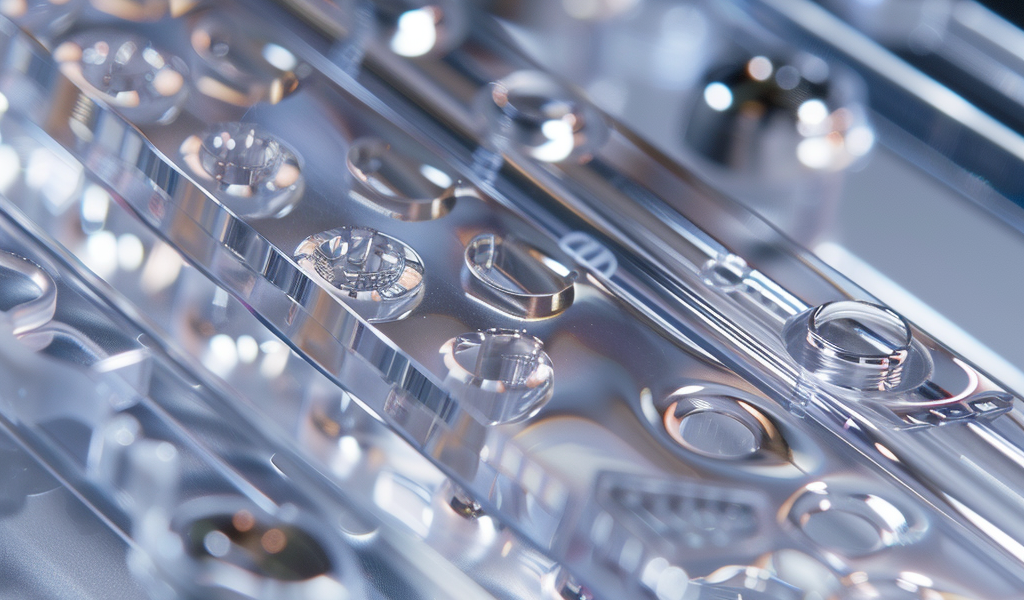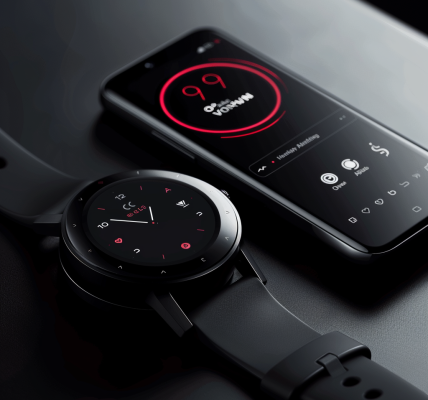Scientists at MIT and the Singapore-MIT Alliance for Research and Technology have developed a groundbreaking microfluidic device that could revolutionize cell therapy for spinal cord injury patients. The device is designed to enhance the safety and efficacy of cell therapy treatments by effectively sorting cells and removing potentially harmful ones.
Cell therapy involves the reprogramming of skin or blood cells taken from a patient to create induced pluripotent stem cells. These cells are then transformed into progenitor cells, which are subsequently transplanted back into the patient to aid in the regeneration of the injured spinal cord. However, undifferentiated pluripotent stem cells present a risk, as they have the potential to form tumors.
The newly developed microfluidic cell sorter is capable of removing approximately half of the undifferentiated cells in a batch, without causing any damage to the fully-formed progenitor cells. This breakthrough technology offers a high-throughput solution, capable of sorting more than 3 million cells per minute. Moreover, by linking multiple devices together, the sorter can process over 500 million cells per minute, presenting a scalable and efficient method to enhance the safety of cell therapy treatments.
One of the key advantages of this innovation is its cost-effectiveness. The plastic chip containing the microfluidic cell sorter can be mass-produced at a low cost, making it more accessible for large-scale implementation. This aspect is crucial in addressing the challenge of manufacturing cell therapies reliably and safely, ensuring their widespread availability for patients in need.
Jongyoon Han, an MIT professor involved in the research, emphasized the significance of making cell therapies more reliable and easily accessible. The development of this microfluidic device marks a significant step forward in advancing the field of cell therapy, offering hope for improved treatment outcomes for spinal cord injury patients.





